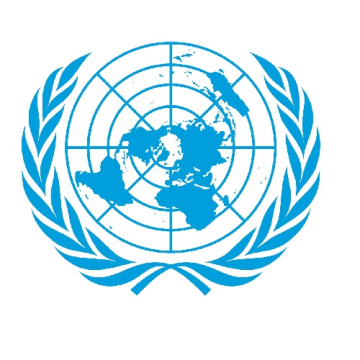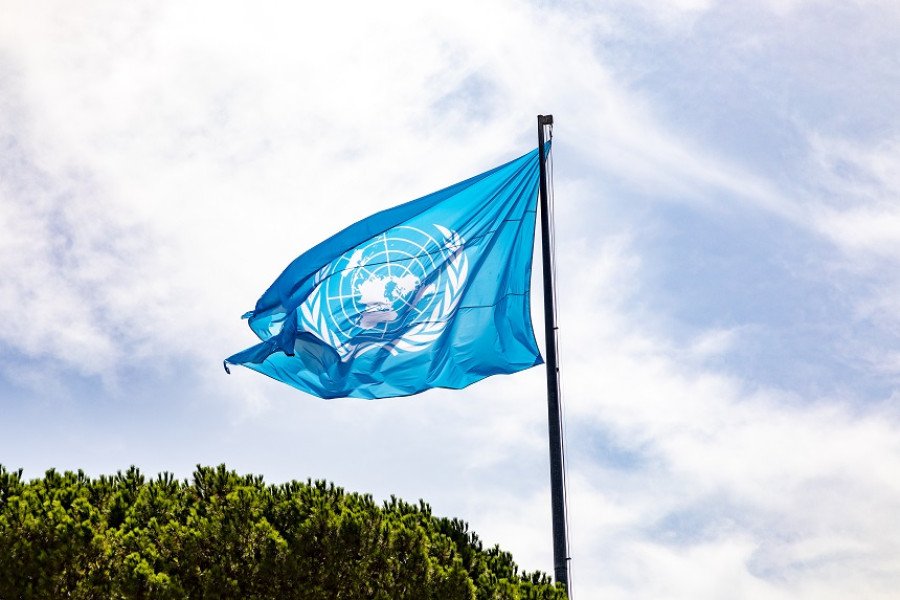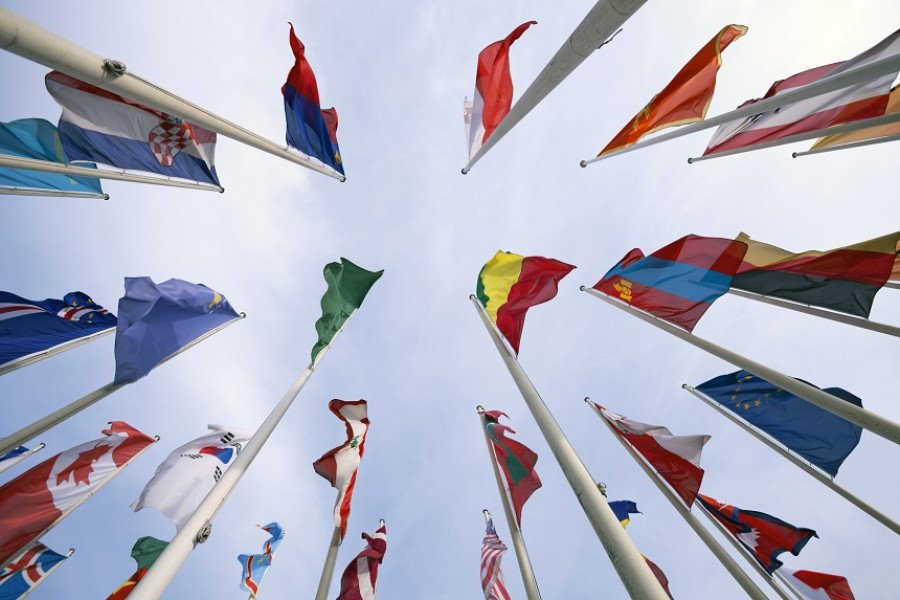Global citizenship and climate leadership
Students will explore the origin of the United Nations and its relevance in today’s world.
- Grade 6
- 3 activities
- 2.5 hours

Big idea
Complex global problems require international cooperation to make difficult choices for the future.
Learning objectives
- Understand the history and role of the United Nations and the Paris Agreement.
- Explore some of the benefits and challenges to meeting international climate targets.
- Examine personal carbon footprints and make climate commitments.
Activities

The United Nations (UN), then and now
Explore the origin of the UN, and how it is relevant in today’s world.

The Paris Agreement commitment
Explore Canada’s and our own personal carbon footprints.
BC curriculum fit
Grade 6 Socials
Big ideas
- Complex global problems require international cooperation to make difficult choices for the future. Key questions: What are the rights and responsibilities of a global citizen?
- Economic self-interest can be a significant cause of conflict among peoples and governments.
- Media sources can both positively and negatively affect our understanding of important events and issues.
Content
- Roles of individuals, governmental organizations, and NGOs, including groups representing Indigenous Peoples global poverty and inequality issues, including class structure and gender
Assessments
- Assess students’ understanding of the United Nations as an organization, why it was created and what its role is today.
- Assess students’ ability to follow instructions and work collaboratively.
- Assess students’ understanding of the importance of both individual actions and large systemic actions to fight climate change.
- Assess completion of the climate commitment.
Background info
- The United Nations is an international organization founded in 1945. Currently made up of 193 Member States, the UN and its work are guided by the purposes and principles contained in its founding Charter.
- The Secretary-General is Chief Administrative Officer of the UN. The Secretary-General is appointed by the General Assembly on the recommendation of the Security Council for a five-year, renewable term.
- The General Assembly is the main deliberative, policymaking and representative organ of the UN. All 193 Member States of the UN are represented in the General Assembly, making it the only UN body with universal representation. Each September, the full UN membership meets in the General Assembly Hall in New York for the annual General Assembly session, and general debate, which many heads of state attend and address. Decisions on important questions, such as those on peace and security, admission of new members and budgetary matters, require a two-thirds majority of the General Assembly. Decisions on other questions are by simple majority. The General Assembly elects annually a President to serve a one-year term of office.
- The Security Council has primary responsibility for the maintenance of international peace and security. It has 15 Members - five permanent members (UK, France, USA, China, Russia) and 10 non-permanent members (two-year terms). Each Member has one vote. Under the Charter, all Member States are obligated to comply with Council decisions. The Security Council takes the lead in determining the existence of a threat to the peace or act of aggression. It calls upon the parties to a dispute to settle it by peaceful means and recommends methods of adjustment or terms of settlement. In some cases, the Security Council can resort to imposing sanctions or even authorize the use of force to maintain or restore international peace and security. The Security Council has a Presidency, which rotates, and changes every month.
- UN also has many programs and funds such as the UN Environmental Programme (UNEP), Children’s Fund (UNICEF) and the World Health Organization (WHO). Click the link for a complete list.
United Nations Environment Programme (UNEP)
- The United Nations Environment Programme (UNEP) was established in 1972 and is the voice for the environment within the United Nations system. UNEP acts as a catalyst, advocate, educator and facilitator to promote the wise use and sustainable development of the global environment.
- The UNEP addresses issues under many environmental topic including air, climate, energy, forests, gender, technology, oceans, water, transport and more.
- UNEP is headquartered in Nairobi, Kenya.
- The Paris Agreement is a legally binding international treaty on climate change. It was adopted by 196 Parties at the UN Climate Change Conference (COP21) in Paris, France, on December 12, 2015. It entered into force on November 4, 2016.
- Its overarching goal is to hold “the increase in the global average temperature to well below 2°C above pre-industrial levels” and pursue efforts “to limit the temperature increase to 1.5°C above pre-industrial levels.”
- The Paris Agreement works on a five-year cycle, where countries submit their national climate action plans, called nationally determined contributions (NDC), expected to increase in ambitious with each new plan.
- The Paris Agreement provides a framework for financial, technical and capacity building support to those countries who need it.
In 2023, the first “global stocktake” will assess progress on Paris Agreement goals. This process will further encourage countries to take ambitious climate actions that keep warming below 1.5°C.
Comparing climate action in different countries
BC Hydro’s Electrification Plan
B.C. is powered by water which is clean renewable energy. BC Hydro’s electrification plan will help British Columbians make the switch from fossil fuels to clean hydroelectricity to power their homes, businesses and vehicles. Currently 70% of our economy is powered using fossil fuels.
The UN 10 actions to limit climate change
- Save energy at home (energy efficient appliances, LED lights, hanging clothes to dry, heat pumps, washing clothes in cold water)
- Walk, bike or use public transport
- Eat more vegetables (less meat/dairy)
- Consider your travel (fewer flights, using trains/buses or not travelling instead)
- Throw away less food (and compost what you do have to toss)
- Reduce, reuse, repair & recycle (buy less stuff, repair things you have, buys second-hand, clean and sort recycling properly)
- Change your home’s source of energy (switching from gas to clean electricity)
- Switch to an electric vehicle (or avoid needing a car altogether; carpool, transit, bike, car shares)
- Make your money count (buy local, support environmentally sustainable products and companies)
- Speak up (talk to neighbours, friends, family; contact local, national and world leaders; tell business owners you care about their carbon footprint)
- Canada is one of the highest GHG emitters per capita
- Individual actions matter: fewer fossil fuel cars, less meat/dairy, less flying
- Need for better infrastructure, such as public transportation
- Eliminating oil and gas subsidies and investing in clean energy


